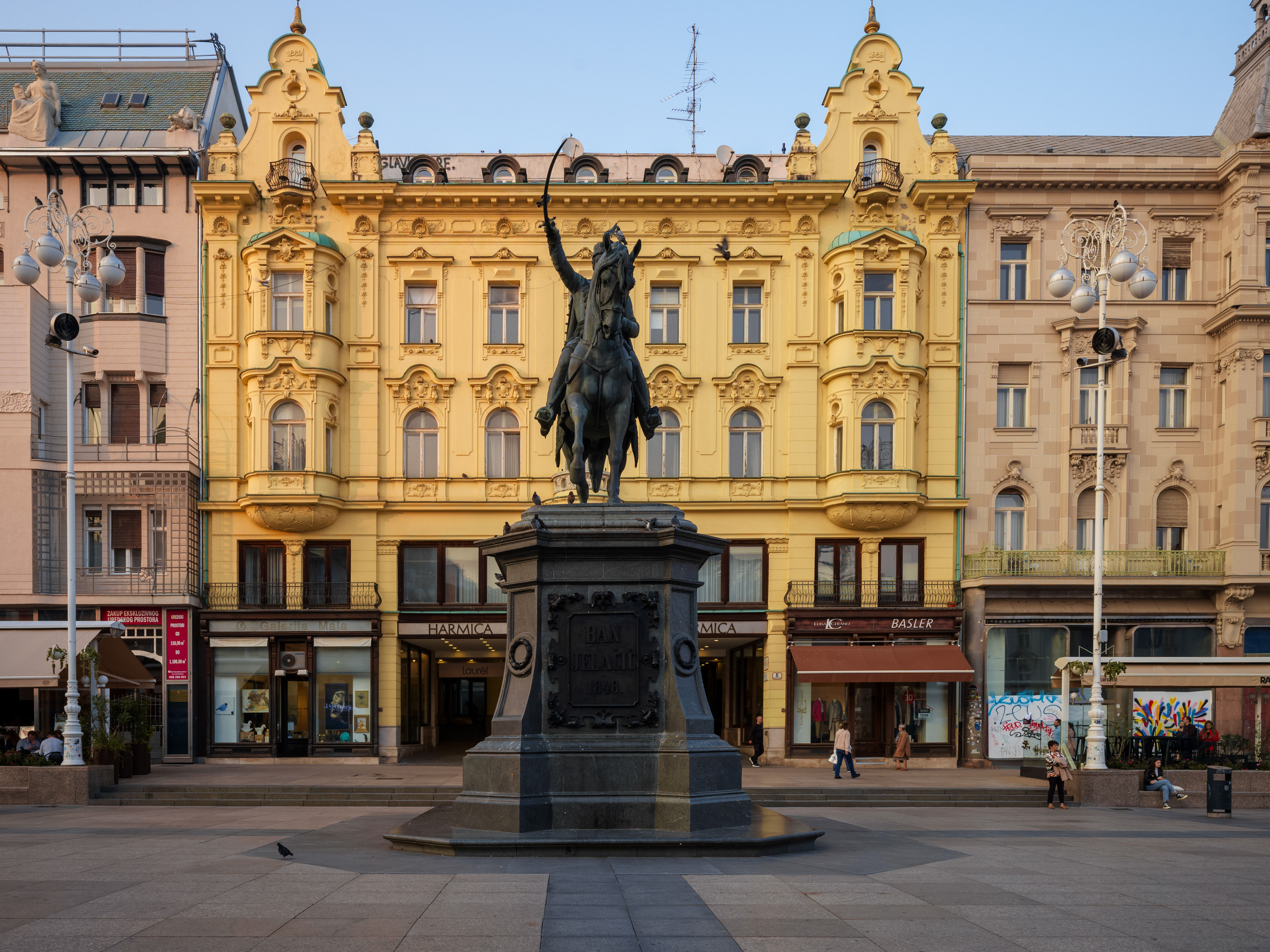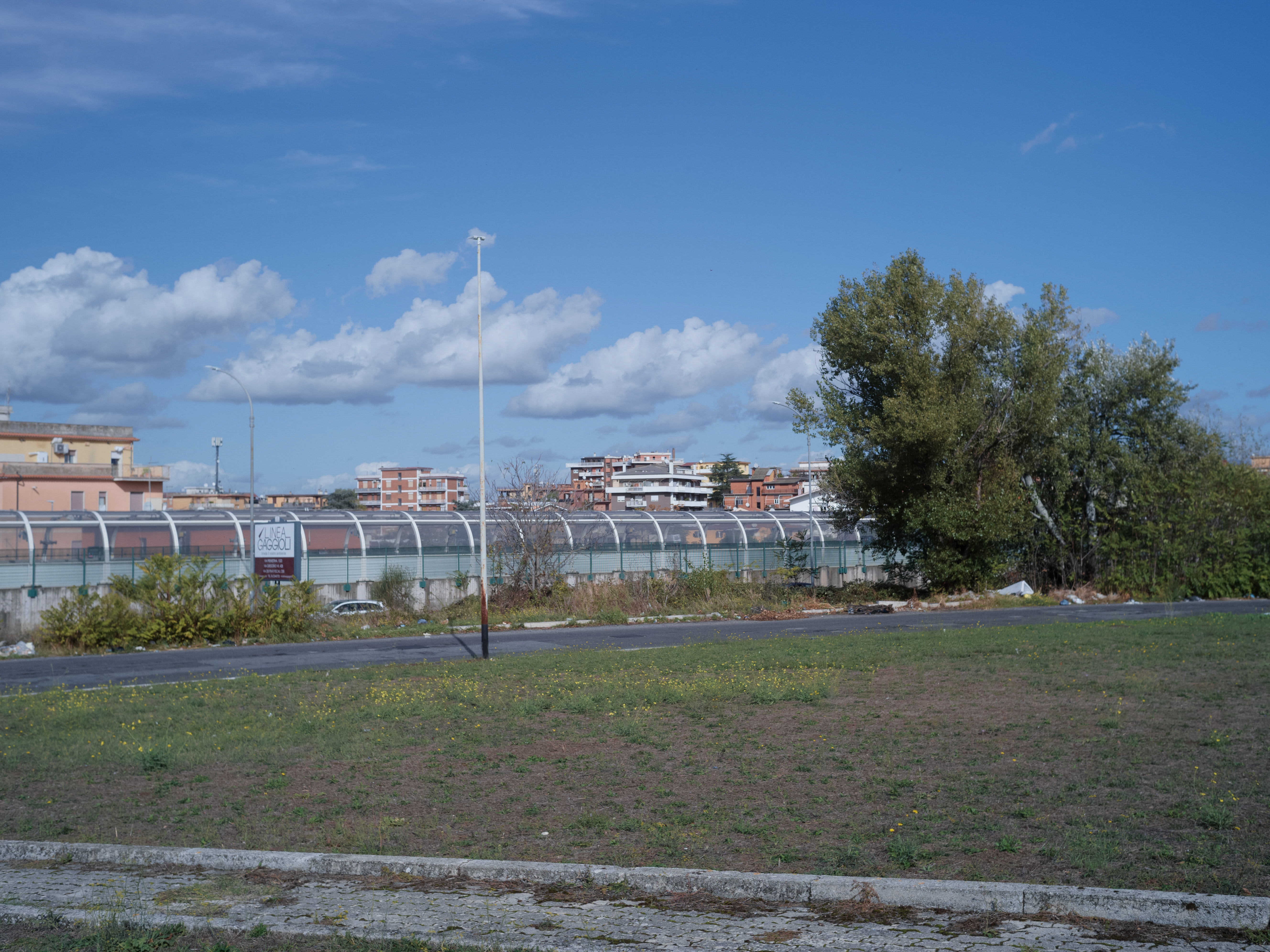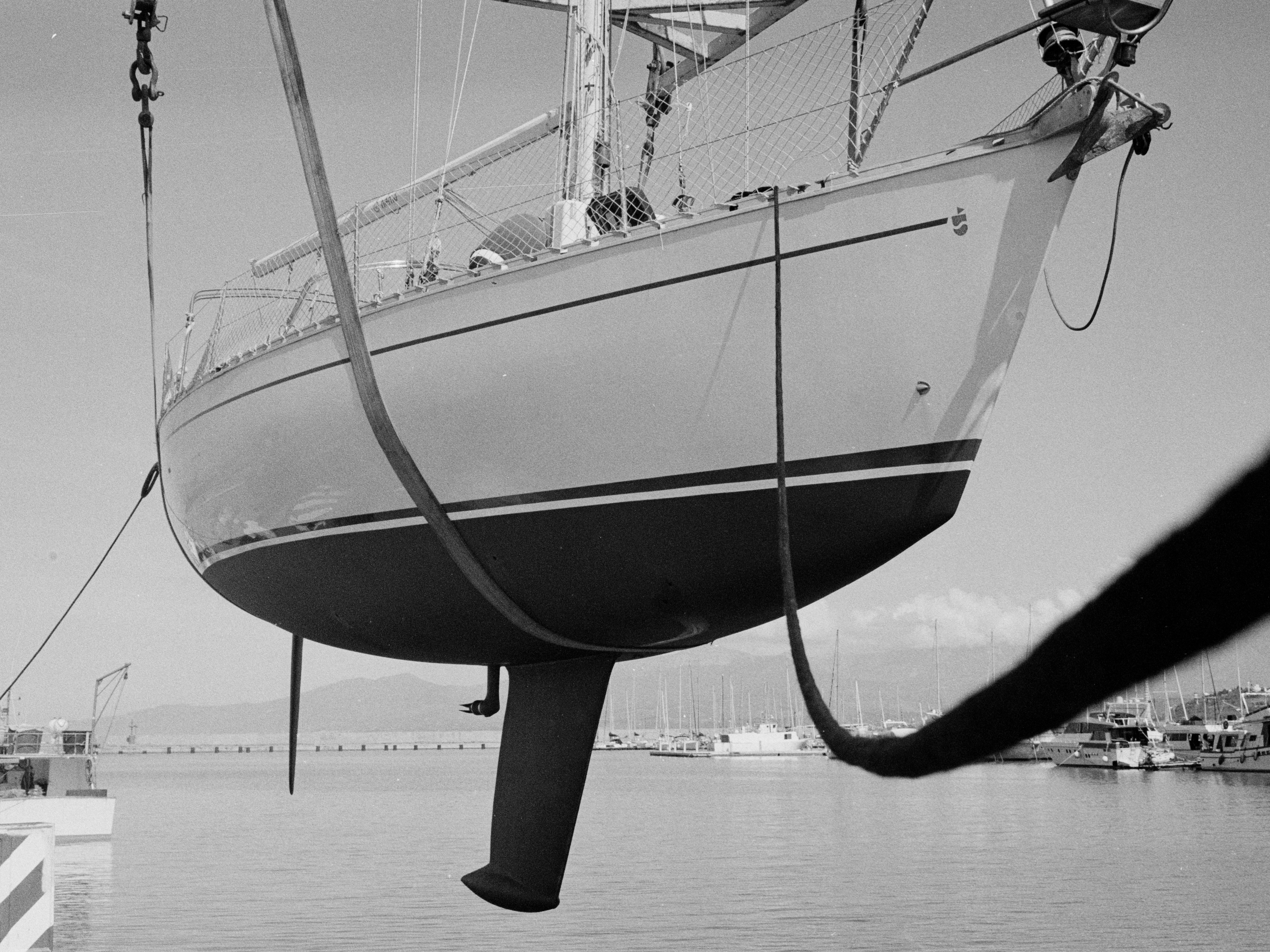A Milano lungo i Navigli si trova un Centro dell'Incisione secondo antiche tecniche, risalenti al 1400.
In particolare viene praticata la tecnica dell'Acquaforte ed essa consiste nel ricoprire una lastra di rame o acciaio con una vernice a base di cera ed un derivato del bitume, poi questa viene scaldata perché la vernice si disponga uniformemente e quindi si disegna scalfendo la vernice stessa in negativo. La lastra viene quindi messa a bagno in acquaforte (acido ntirico) che corrode il metallo dove è scoperto dalla vernice (il disegno), mentre la parte ricoperta di vernice rimane protetta. Dopo il bagno la lastra viene ripulita dalla vernice che l'ha protetta nel bagno in acido e quindi viene cosparsa di inchiostro in maniera che penetri bene nelle scanalature che si sono create e successivamente viene ripulita in maniera che l'inchiostro rimanga solo nelle scanalature. L'ultimo passaggio prevede un foglio di carta apposita che ricopre la lastra e quindi viene passata sotto una pressa e finalmente il disegno ci appare in tutta la sua bellezza in positivo.
Ma in questo centro si pratica anche la tecnica della Punta Secca che in pratica consiste nell'incidere direttamente la lastra scavando il metallo senza quindi l'ausilio della vernice protettiva e dell'acido, per la "stampa" invece è il medesimo procedimento.
Il risultato finale è una stampa dal sapore antico e molto piacevole che adornano le pareti del Centro:
In Milan along the Navigli there is an Engraving Center according to ancient techniques, dating back to 1400.
In particular, the etching technique is practiced and it consists in covering a copper or steel plate with a wax-based paint and a bitumen derivative, then this is heated so that the paint is evenly arranged and then it is drawn by scratching the paint itself in negative. The plate is then soaked in etching (nthyric acid) which corrodes the metal where it is discovered by the paint (the drawing), while the part covered with paint remains protected. After the bath, the plate is cleaned of the paint that protected it in the acid bath and then it is sprinkled with ink so that it penetrates well into the grooves that have been created and is subsequently cleaned so that the ink remains only in the grooves. The last step involves a sheet of special paper that covers the plate and then is passed under a press and finally the drawing appears to us in all its positive beauty
.
But in this center the technique of Punta Secca is also practiced which in practice consists in directly engraving the plate by digging the metal without the aid of protective paint and acid, for the "printing" instead it is the same procedure.
But in this center the technique of Punta Secca is also practiced which in practice consists in directly engraving the plate by digging the metal without the aid of protective paint and acid, for the "printing" instead it is the same procedure.
The final result is an antique and very pleasant print that adorn the walls of the Center:









